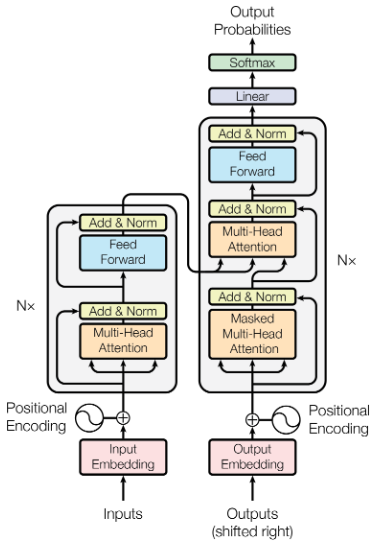After writing about LLM error rates, I wanted to talk about a specific kind of error: the hallucination. I am aware that there is a lot of research into this subject, so I decided to read a scholarly review:
“Survey of Hallucination in Natural Language Generation” by Ziwei Ji et al (2023), publicly accessible on arxiv.
I’m not aiming to summarize the entire subject, but rather to answer a specific question: Are hallucinations are an effectively solvable problem, or are they here to stay?
What is a hallucination?
“Hallucination” is a term used in the technical literature on AI, but it’s also entered popular usage. I’ve noticed some differences, and I’d like to put the two definitions in dialogue with each other.


